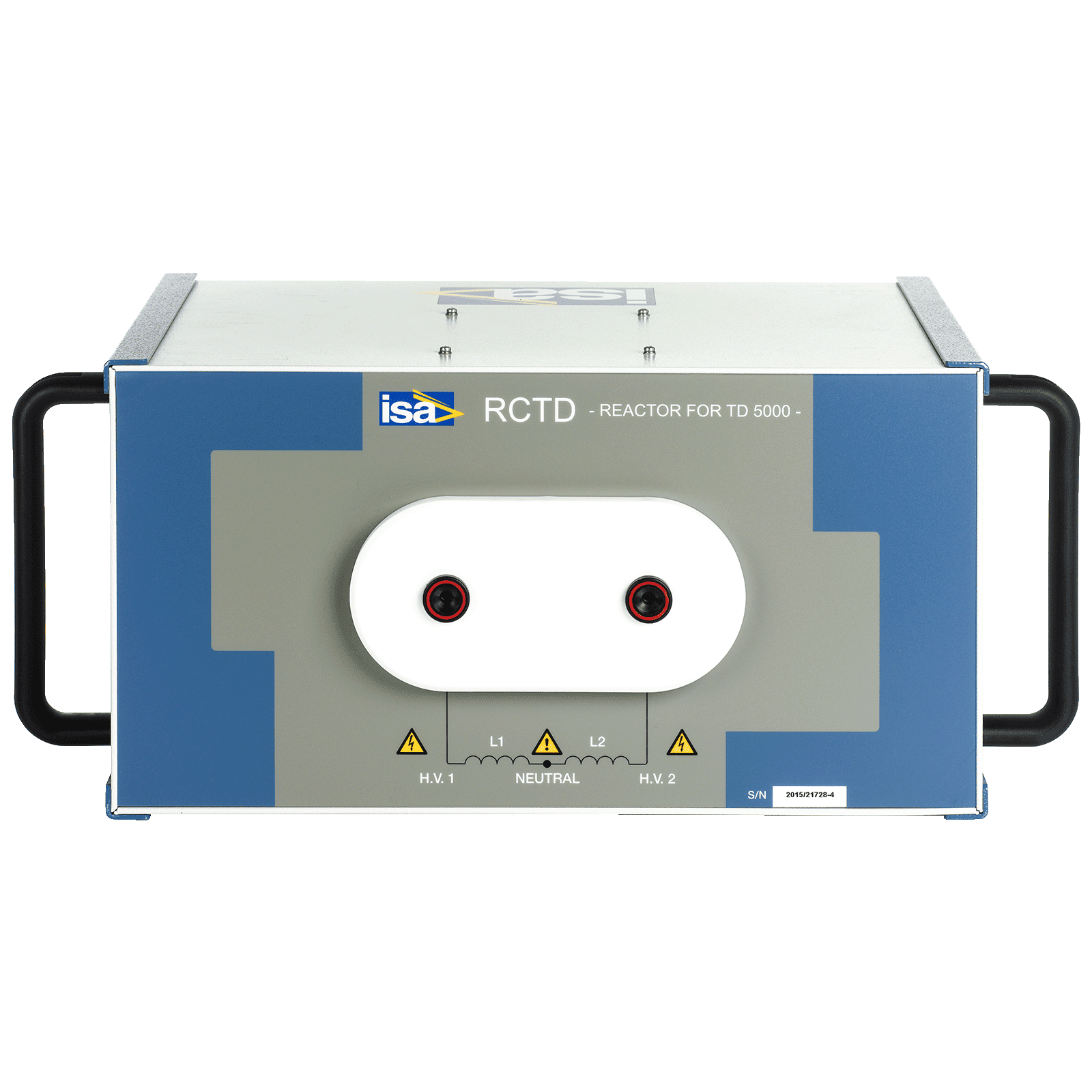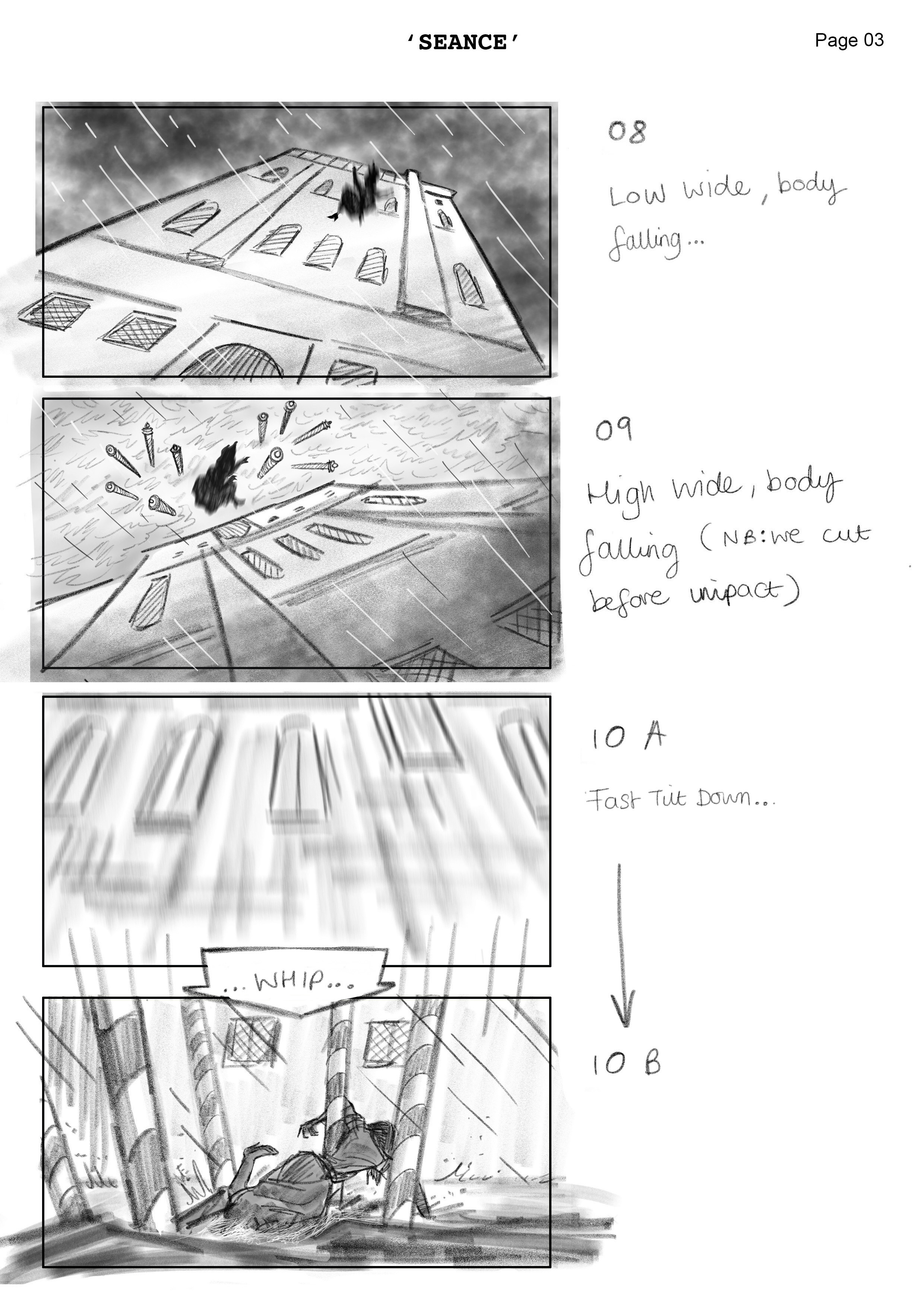Decoding Spatial Biology: The Power Of RCTD 122 In Cellular Discovery
In the rapidly evolving landscape of biological research, understanding the intricate composition of tissues at a cellular level is paramount. Traditional RNA sequencing provides a bulk view, averaging out the unique contributions of individual cells, often obscuring critical insights into disease mechanisms and developmental processes. This is where the innovative approach of Robust Cell Type Decomposition, or RCTD, steps in, offering a powerful solution to dissect these complex biological mixtures.
At its core, RCTD is designed to unravel the cellular tapestry of spatial transcriptomics datasets, allowing researchers to pinpoint exactly which cell types reside in specific locations within a tissue. This capability transforms our understanding of tissue heterogeneity, moving beyond simple presence or absence to a precise spatial map of cellular identity. Whether you're a seasoned bioinformatician or new to the world of spatial omics, grasping the fundamentals of RCTD, including its specific iterations like RCTD 122, is crucial for navigating the next frontier of biological discovery.
Table of Contents
- Decoding Spatial Biology: The Power of RCTD 122 in Cellular Discovery
- The Dawn of Spatial Transcriptomics: Setting the Stage
- What is RCTD? Unveiling the Core Concept
- The Mechanics of RCTD: A Closer Look at its Inputs
- Building an RCTD Object: The `create.rctd` Function
- Practical Applications of RCTD: From Simulation to Real Data
- Why RCTD Matters: Impact on Biological Discovery
- The Future of Spatial Biology with Robust Cell Type Decomposition
- Navigating the Nuances of RCTD 122: Versioning and Evolution
- Conclusion: RCTD as a Cornerstone for Spatial Omics
The Dawn of Spatial Transcriptomics: Setting the Stage
For decades, biologists have relied on techniques that either provide high-resolution cellular information but lose spatial context (like single-cell RNA sequencing) or preserve spatial context but lack single-cell resolution (like traditional histology). The advent of spatial transcriptomics has bridged this critical gap, allowing researchers to measure gene expression profiles while retaining the precise spatial coordinates of where those measurements were taken. This revolutionary technology generates datasets that are rich in information but also inherently complex. Each "pixel" or spatial location in a spatial transcriptomics dataset measures RNA counts across many genes, representing a mixture of RNA molecules originating from potentially multiple cell types residing within that pixel. The challenge then becomes: how do we deconstruct these mixed signals to identify the specific cell types present at each spatial location? This is not a trivial task, as different cell types have distinct gene expression signatures, and these signatures can be subtle or overlap. Without a robust computational method to untangle these mixtures, the full potential of spatial transcriptomics data remains untapped. This is precisely the problem that Robust Cell Type Decomposition, or RCTD, was developed to solve, providing a powerful statistical framework for this intricate deconvolution.What is RCTD? Unveiling the Core Concept
At its heart, **Robust Cell Type Decomposition (RCTD)** is a sophisticated statistical method designed specifically for analyzing spatial transcriptomics data. Its primary function is to decompose complex cell type mixtures, enabling the precise assignment of individual cell types to specific spatial locations within a tissue. Imagine looking at a blurred image of a crowd; RCTD helps to identify each person in that crowd and where they are standing, even if they are partially obscured by others. The method operates as a supervised learning approach. This means it learns from a pre-defined set of "known" cell types and their unique gene expression profiles, which are then used to interpret the "unknown" mixtures found in the spatial data. By doing so, RCTD doesn't just guess; it infers the composition based on established biological signatures. This capability is transformative, moving beyond simple qualitative observations to quantitative, spatially resolved cell type mapping. The fundamental premise is that each pixel in a spatial transcriptomics dataset, which measures RNA counts across numerous genes, is a blend of RNA from various cell types. RCTD's goal is to accurately determine the proportion of each cell type contributing to that pixel's RNA signal.How RCTD Decomposes RNA Mixtures
The process by which RCTD disentangles RNA mixtures is both elegant and powerful. It leverages the unique gene expression profiles, or "signatures," of individual cell types. Think of it like this: if a T-cell consistently expresses gene X at high levels and gene Y at low levels, while a B-cell does the opposite, RCTD uses these distinct patterns. When a spatial pixel shows a high expression of gene X and low expression of gene Y, RCTD can infer the presence of T-cells, and vice-versa. More formally, RCTD models the observed RNA counts in each spatial pixel as a weighted sum of the gene expression profiles of known single cell types. The "weights" in this model are crucial; they are
Anime - © RCTD-122 | Facebook

RCTD - Doble Engineering Company

Sc 122